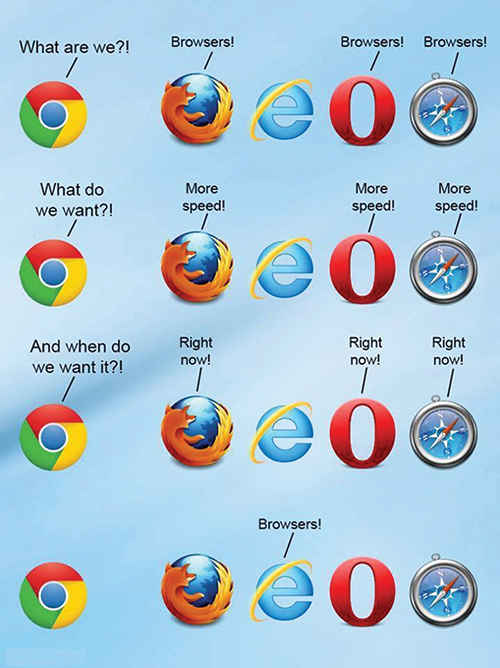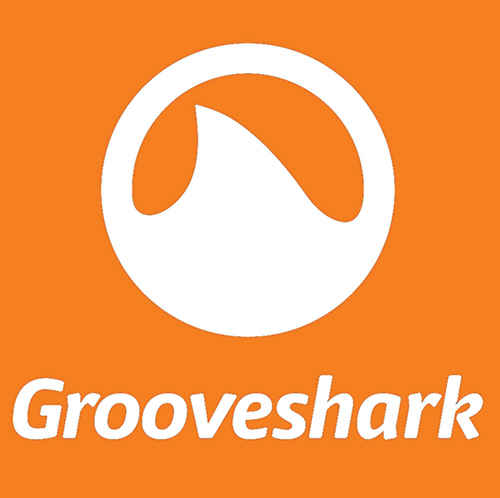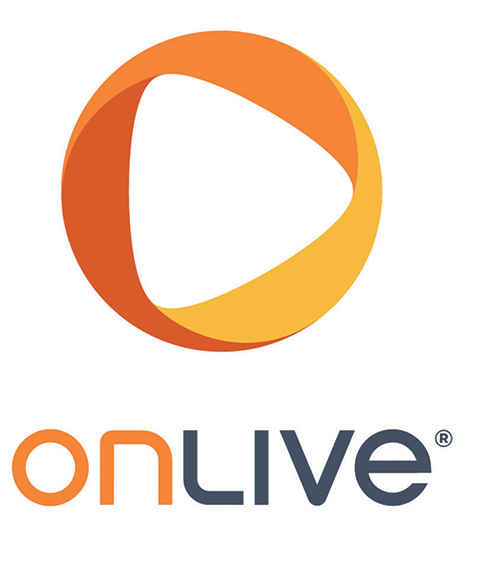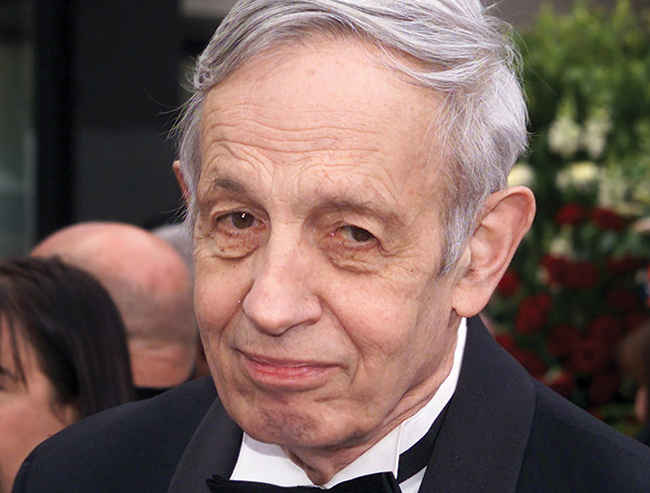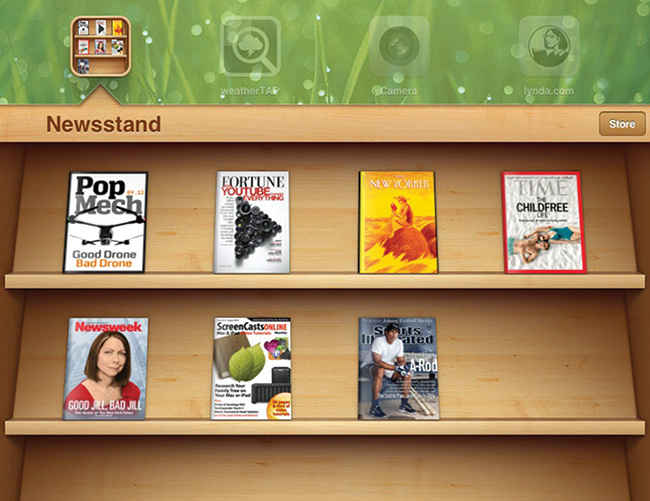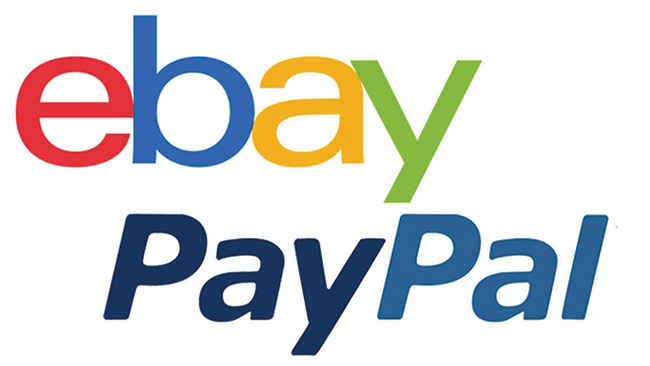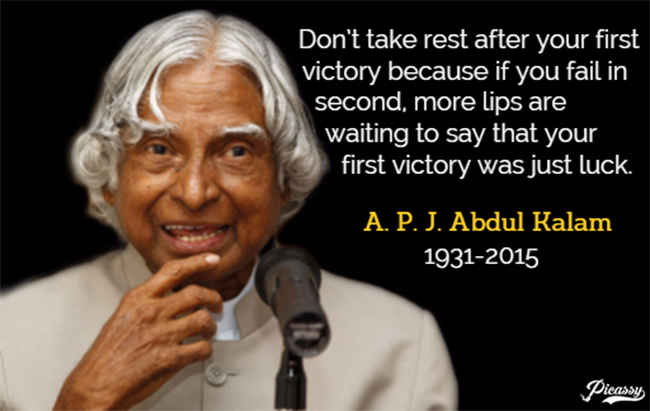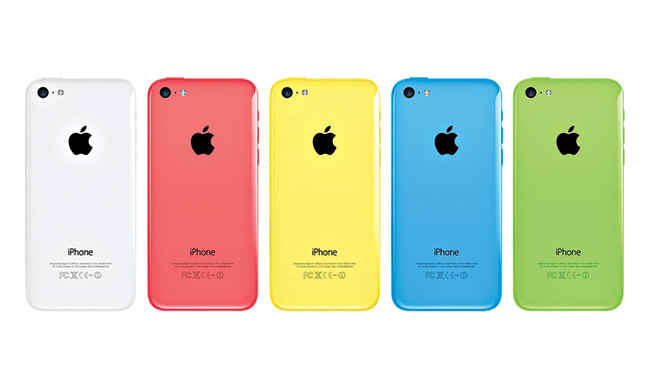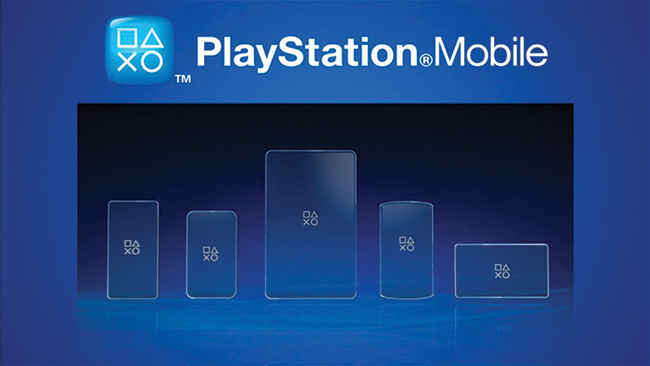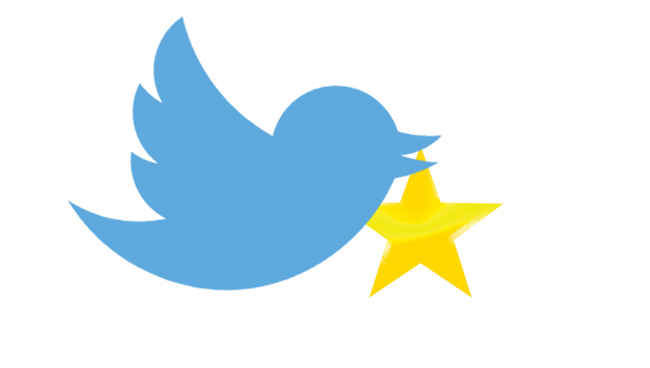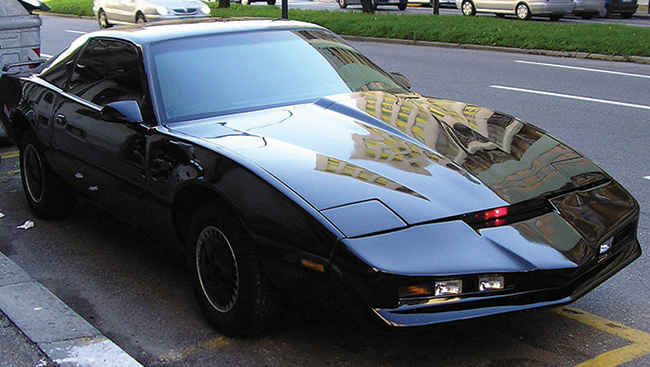Technology that died in 2015 and the people in tech we lost
We pay tribute to the notable people, technologies and companies we lost in 2015.
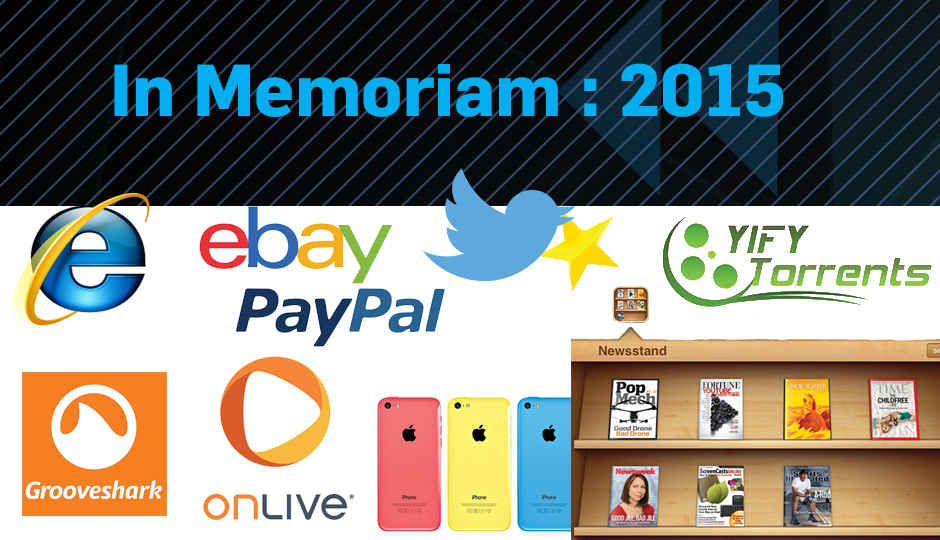
1st January – 43 Things
In August 15, 2014, the goal-setting and tracking social media network, 43 Things became read-only and abruptly shutdown earlier this year. The world’s largest goal-setting community set, tracked and achieved goals by discovering motivation, inspiration and even advice on the site. Its shut down date is ironical considering most goals are set during New Year.
 Survey
Survey12th January (2016) – Support for Internet Explorer 8 and 10
With Microsoft exclusively focusing on its new browser Edge, the company is prioritising moving users to this browser and by ending support for old Internet Explorer (IE) versions it plans to do just that. While industry experts say that the 30-year old Internet Explorer will be completely removed from Windows in the future, for now IE versions 7, 8, 9 and Windows 10 are being abandoned by Microsoft, who’s leaving them open to security vulnerabilities such as viruses and trojans by ending support. Older versions will no longer receive technical support or security updates once the new policy comes into effect in early January.
19th January – Google Glass (Explorer Edition)
Don’t worry, Google Glass as a product isn’t dead yet, just production of the device in its current form. Isn’t that a relief? The head-up display (HUD) made its wearers look deranged. However, it was kinda useful – it presented users with data such as reminders, weather and maps without requiring them to look away from their usual viewpoints. The HUD was first shown off at Google I/O 2012 and sold in limited quantities in early 2013 featuring an ARM-based microprocessor. Despite being in beta testing phase, the AR device managed to tempt buyers to fork out $1500 (expensive considering it took only about $150 to make) thanks to its #ifihadglass marketing campaign, which gave users the feeling that they were being handpicked to be part of an exclusive club of early tech adopters. As of October 2014, India had the second highest number of Glassholes, after South Korea, which is not a surprise really given we have no idea what privacy invasion actually means. While the Explorer program ended at the start of the year, a cleaner version of Glass featuring a curved display and an Intel x86 chip is expected by year end. But don’t get too excited – the product is aimed at enterprises and will be priced accordingly.
27th February – Leonard Nimoy (Spock)
Leonard Simon Nimoy, aged 83, died this year of complications from Chronic Obstructive Pulmonary Disease (COPD), a condition he’d been diagnosed with in February 2014. Nimoy is best known for his portrayal of the character, Spock – the half-human, half-Vulcan character – in the Star Trek TV series and movies. His iconic portrayal of the character resulted in it being hailed as one of the most popular alien characters ever portrayed on television and even prompted US President, Obama to describe the persona as “cool, logical, big-eared and level-headed, and the center of Star Trek’s optimistic, inclusive vision of humanity’s future.” Nimoy said in an interview that even off camera he unintentionally behaved like Spock imbibing the Vulcan speech patterns, social attitudes, patterns of logic and emotional suppression into his personal life – not just on days off from shooting but for years after the show. Nimoy came up with Spock’s trademark Vulcan salute inspired by the way Jewish priests give blessings as well as the concept of the “Vulcan Nerve Pinch”.
29th April – Secret
Founded in January 2014 by two former Google employees, Secret was no secret. It was famously known as an anonymous social networking app for Android and iOS, but was pulled out of app stores following user reviews citing they’d been harassed and bullied on the app. Worth about $100 million and boasting 15 million users at its peak, Secret allowed you to anonymously share your thoughts with friends, co-workers and people nearby and find out what friends on your contact list are really thinking and feeling – due to which it had been dubbed the anti-Facebook. It enabled companies interested in technology to post rumours of forthcoming products or company mergers, however users soon began being hounded by rumors and messages sexual in nature. The company had huge potential having raised more than $35 million in funding within a short time and was backed by some big names such as actor Ashton Kutcher, Reddit founder Alexis Ohanian and Google Ventures. Alas it wasn’t meant to last.
30th April – Grooveshark
After many starts and stops, Grooveshark finally began to taste success (it boasted of 40 million users at the peak of its popularity) when Recording Industry Association of America (RIAA) had to come along and rain on its parade. Grooveshark’s service not only let users upload songs, but did so itself and made them available to other users to stream. However, the company that was founded by 19-year-olds, Josh Greenberg and Sam Tarantino in 2006 failed to secure licenses from rights holders for the vast amount of music on the service. Grooveshark was sued for copyright infringement by major record labels, Universal Music Group, Sony Music Entertainment and Warner Music Group. As part of the settlement, the music streaming service was shut down and its mobile apps, intellectual property and user’s playlists were surrendered.
The year was definitely not good for anything Grooveshark related. Following its shutdown, one of the music streaming service’s young co-founders, Josh Greenberg was found dead in his Florida home on 19th July. Police don’t suspect any foul play and his family said he had seemed upbeat about new ventures in the weeks before his death. He was only 28.
30th April – Sony’s OnLive
OnLive, the cloud gaming company, once estimated to be worth $1.8 billion, was drowning in debt when Sony acquired it. Much to the frustration of gamers everywhere, however, Sony shut the service down in April. So, why purchase a trailblazer in the world of online, cloud-based gaming only to end it? The reason is simple: PlayStation Now, Sony’s own cloud gaming platform. As part of the acquisition, Sony got its hands on a large percentage of OnLive’s assets, including 140 of its US and international patents for cloud gaming services, in which many streaming technologies are involved. PlayStation Now, currently in beta in the US will soon launch in the UK and is expected to use OnLive’s streaming tech to try to beat its only rival, Nvidia Grid, in the cloud gaming space.
23rd May – John Nash
Born John Forbes Nash Jr., the Nobel Prize winning Princeton University mathematician died in a crash at the age of 86 when his taxi went out of control, hit a guardrail, ejected both him and his wife, Alicia and killed them on the spot. He’s best known for his groundbreaking work in game theory and personal struggle with paranoid schizophrenia. His life inspired the film ‘A Beautiful Mind’ but many parts of the movie were completely fabricated, for example, the pen ceremony scene in which maths professors ritualistically place pens on John’s table on learning that he’s a Nobel Laureate. In real life, no one gave John anything. Besides the Nobel Prize, of course. And the John von Neumann Theory Prize. And the Leroy P. Steele Prize.
8th June – Apple Newsstand
Apple News, which looks a lot like FlipBoard, replaces Newsstand – Apple’s built-in app that stored newspaper and magazine subscriptions for users – in the latest version of iOS, i.e. iOS 9. Newsstand was launched in October 2011 with the release of iOS 5. It was one of those annoying pre-installed apps that couldn’t be deleted off your phone. And given how bad the UI was, most users would have wanted to get rid of it. In iOS7, users were given the ability to embed newspaper and magazine apps within a bland, opaque Newsstand folder, rendering them as good as forgotten because it became impossible to know when publications had been updated. Newsstand soon became known as the place where apps go to die. Finding magazines to read wasn’t easy.
Neither did it work for the publishers. Apple took a 30% cut of subscriptions purchased through the app. It’s learnt from its past mistakes, however, and in its latest news reader allows publishers to keep 100% of the revenue on ads that media companies sell, and takes a 30% cut of ads that publishers feature through Apple’s iAd. Also, Apple News now showcases a curated lists of articles and content for each customers based on their tastes. Oh well. R.I.P. Newsstand.
15th June – Yahoo! Maps
Yahoo! pulled down the shutters on its Maps website to focus on key products and ensure its resources are spent smartly and with a clear purpose. Considering Yahoo! gave up on local search a long time ago it was only a matter of time. Not many were using the browser-based mapping product, and since it was a global maps product, it did cost a lot to maintain and required considerably large resources. Obviously, it had to go. It does make some of us feel nostalgic though. Maps was an early adopter of sorting by “top results”, “distance”, “highest-rated”, etc. and if Google hadn’t come along to outmanoeuvre Maps, it would still be in the general search game. Flickr continues to support Yahoo! Maps.
17th July – ebay-PayPal
eBay and PayPal split into two separate companies again after being together for 13 years citing economic reasons. Industry experts call this spin-off a mistake for the e-commerce company since the online payments system operator has grown from its valuation of $1.5 billion when it was acquired by eBay in 2002 to around $50 billion this year, forming a major part of eBay’s $70 billion net worth and responsible for the bulk of the online auction giant’s revenue growth since 2012. In fact, Carl Icahn, the sixth biggest activist investor in the company described PayPal as a “jewel” whose value was being covered up by eBay and called for it to be untethered from the parent company who was cramping its style. Forbes even called PayPal’s agreement to be acquired in the first place “the most ridiculous tech decision in the last 10 years”.
What does the spin-off mean for you? Nothing really. eBay customers won’t experience any significant changes to the payments options in the coming years. For PayPal, this means that it’s free to work with eBay competitors such as Amazon and Alibaba, but it would have to offer eBay the same rates offered to competitors. CEO of eBay, John Donahoe stepped down following the separation, but don’t you feel bad for him – his exit package was a cool $23 million. Or so says Forbes. John is replaced by former president of eBay’s Global Ebay Marketplaces Business Unit, Devin Wenig; while PayPal is being led by Dan Schulman, former chief at American Express.
27th July – Dr. APJ Abdul Kalam
Missile man, the People’s President, youth icon, father of Indian Missile Technology…call him what you may, the 83-year old left an undeniable impression on many. Avul Pakir Jainulabdeen Abdul Kalam, the 11th president of India and one of the first few scientists to work with ISRO in its early days, made significant contributions to India’s space program by leading the development of ballistic missile and launch vehicle technology. India can proudly boast of going to the Moon and Mars because of the space launch vehicles, SLV-III and PSLV created under his leadership. He received nationwide acclaim for his prominent role in India’s 1998 nuclear weapons tests. However, we were reminded how unworthy we were of his presence this year when he left the world, doing what he did best – delivering a public speech at the Indian Institute of Management, Shillong, where he suffered a massive cardiac arrest.
Kalam’s life flies in the face of research that says that married men live longer – he lived his entire life as a bachelor and well into his 80s. When asked why he wouldn’t settle down, he said that marriage would cause him to be selfish and he wanted to dedicate his life to serving the nation. So the next time your mom nags you about getting married, you know whom to quote. See, wasn’t he inspirational? And in case you’re wondering, like the rest of us, why he sported a hairstyle that was reminiscent of one of the worst dos every sported, we found out that it was meant to hide a ear deformity (he had half a ear). How ironic that whenever he spoke people always lent him an ear? And he had a personality, body of work, thoughts and ideas, that needed to be heard by not only us Indians but people from all over the world. What a man, what an unbelievable legacy!
9th September – iPhone 5c
In 2014, Apple announced that it would retire all models of the iPhone 5c, its 4-inch entry-level phone launched in September 2013 after iPhone 5 was discontinued – continuing its trend of discounting old devices on launching new ones. The reasons for its discontinuation were supposedly underwhelming sales numbers and an aging feature set. While it featured most of the same internal hardware as the iPhone 5 including the A6 chip, where it majorly differed from its predecessor was in its exterior which was made of polycarbonate instead of aluminium and the new placement of buttons due to which this iteration was praised by users for being the most durable iPhone ever. Some sources say that the video for Drake’s Hotline Bling is a hidden iPhone 5c ad to sell off the remaining pieces left on store shelves.
10th September – PlayStation Mobile
As of 15th July, Sony stopped publishing PlayStation Mobile content and previously purchased games were no longer available for download. The service, which was released in October 2012, never really took off despite Sony going so far as to waive off the publisher license fee of $99 to entice more developers to create games for the service. Sony now hopes for the best with Remote Play to successfully bring its gaming and mobile departments together.
October – Popcorn and YTS
In October this year, the Motion Picture Association of America (MPAA) took down Netflix competitors, Popcorn Time and YTS in one fell swoop for being primary sources of illegal movie content. Following the threat of a multimillion-dollar lawsuit from the MPAA for distributing stolen copies of the latest motion pictures and television shows without compensating the people behind them, torrent release group YIFY, its website YTS.to and the Popcorn Time fork, a free alternative to subscription-based video streaming services such as Netflix, were shut down permanently. Ever since, many fake websites claiming to be reincarnations of YTS have been popping up all over the internet.
YTS, which first arrived on the scene in 2010, will be especially missed for its re-encoded small-sized, HD print movies that could play on any device – this attracted close to a million unique visitors to its site per day and generated six million page views. Popcorn Time fork was equally popular and boasted of 1.5 million unique visitors in July 2015 alone.
3rd November – Twitter’s Favorite Icon
Put your hand up if as a Twitter noob you were confused about what exactly the yellow star did initially. Did clicking on it make you part of a secret satanic ritual? While its purpose wasn’t clear at once, eventually, we figured out that the Favourite button didn’t have a sinister mission and grew on us over the years. We used it for a range of reasons – from bookmarking tweets and flagging them for follow-ups to notifying friends you’d spotted or liked what they’d tweeted. So when the microblogging service said in November that the star-shaped “Favorite” button is being replaced with a red heart-shaped “Like” button (♥), we were divided on how to feel about it. On the one hand, hearts are a universal symbol embodying positive emotion, and – as Twitter’s product manager Akarshan Kumar said – you might like a lot of things, but not everything can be your favorite. On the other hand, imagine “liking” a sad tweet, such as news of some kid with cancer and a puppy drowning, with the intention of bookmarking or following up on it. To worsen matters, this action is followed by a small burst of tiny sparkles akin to Candy Crush, meant to boost endorphins, the brain’s “feel-good” chemicals. It was designed to create a more emotional connection between users and Twitter content, but we may just end up in therapy.
5th November – George Barris
What do David Hasselhoff and Batman have in common? Both of their rides were designed by the same man – George Barris, who lost his battle to cancer this year at the age of 89. George customised his first car, a 1925 Buick, as a teenager followed by his outlandish refurbishing of convertibles, coupes, sedans, hot rods and lowriders which soon attracted the attention of Hollywood. Film and TV studios, rock stars and movie icons soon became his clients. Frank Sinatra, Elvis Presley, Burt Reynolds and Sylvester Stallone were some of his private buyers. The automobile customiser is well known for his creation of the Batmobile for the 1960s Batman television series, starring Adam West as Batman. Within 15 days, he refurbished a 1955 Lincoln Futura to complete the trademark Batmobile vehicle. It was later sold at an auction for $4.2 million! Barris also transformed a Pontiac Trans-Am into KITT, the artificially intelligent car driven by Hasselhoff in the 80’s Knight Rider series. Not the original KITT though – some of the other models including a convertible and Super-Pursuit KITT.

